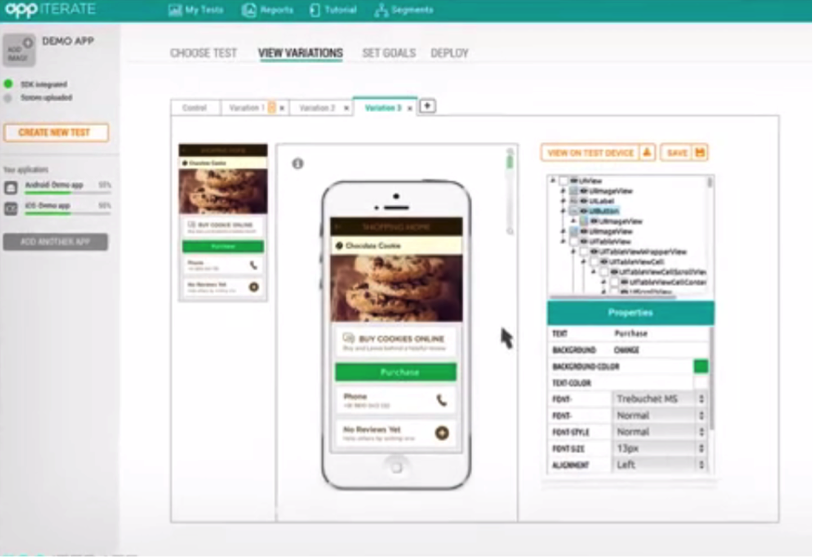iSPIRT put together its second Product Nation boot camp for product people, by product people on 8th October 2016 at Persistent Systems’ Office in Pune. It was a day-long coming together of doers: ones who have been there, done that; and ones in the journey of getting there. The format was simple:
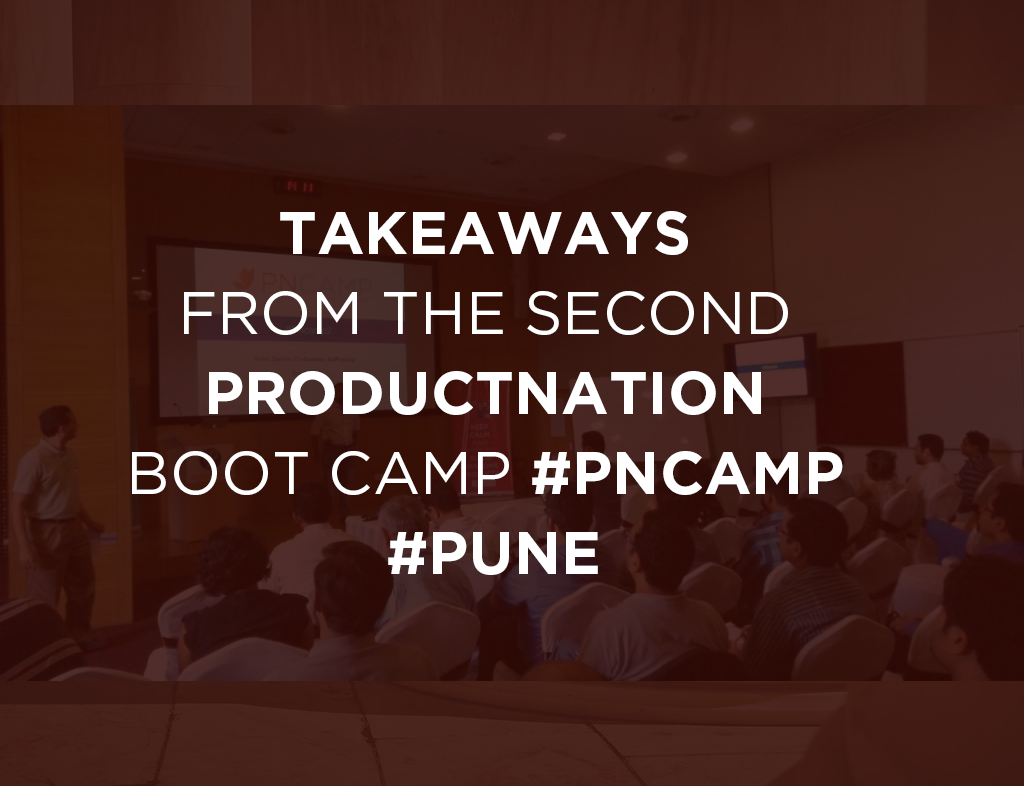
Successful product entrepreneurs shared details of their journey, interesting hacks and their learning
Teardown session of early stage product startups, who are still looking for product-market fit.
Orchestrated by hand-picked facilitators, there were focused, interactive, deep conversations within small, curated groups.
I have summarized key learning from the bootcamp below:
 Confirmation Bias
Confirmation Bias
One of the things that stood in the teardown sessions is that more often than not, founders tend to be bogged down with confirmation bias. Despite best intentions, many entrepreneurs look to confirm hypotheses, rather than test them. This is called confirmation bias and may lead to false positives.
Confirmation bias is defined as the tendency to search for and interpret information in a way that confirms one’s own existing preconceptions, beliefs and opinions. Entrepreneurs, generally known to be highly driven people, are intensely focused on their goal and therefore may be extra vulnerable to the destructive effect of confirmation bias
For an entrepreneur, the danger here is obvious: without a clear understanding of the things that might cause your business to fail, it’s impossible to overcome them.
Focus on specifics and go into depth
Another aspect evident from the discussion was that we are often trying to do too many things, and this could be with respect to also adding too many features.
Instead, you want to be the best at one thing your customers want or need. Focus on how that one thing you do best can deliver value to your customers. Become irreplaceable to your customers
To implement even one good idea takes a mountain of work–strategic planning, product development, marketing pushes, financing, administration, human resources, and so much more. Taking one idea to profits is hard. To be successful as an entrepreneur, you have to realize the devil is in the details. Don’t fall into the trap of trying–like so many entrepreneurs–to do too much.
Another benefit of focus for startups is that it enables better marketing. The only way to get mindshare is to have a simple story. It’s hard to be succinct in describing several products. By having a clear and singular focus you can more easily craft a simple story that resonates with customers. This in turn makes it easier to generate PR. And most importantly of all, an easy to describe product and differentiation allows consumers to more easily tell your story and help you create viral growth.
Identify Customer Persona
User Personas are fictional descriptions of a few different profiles of your typical users, based on research and conversations with prospective buyers. They help you understand your users better and are important tools when tailoring the message of your brand. Identifying customer persona helps early can help you in several ways:
Identify your target market – Building a User Persona helps a startup clearly identify and understand its target market
Shape your product or service offering – With this goldmine of information, a startup is uniquely positioned to shape its product or service offering to better cater to the needs of its target buyers. This can, for example, also help you decide the theme for your product landing page, color combination, UX intricacies etc.
Lead generation – A marketing strategy that is based on well researched user personas, and defined customer decision journeys will result in higher lead generation
Content creation –Once you’ve understood the motivations, goals, challenges and habits of your users and prospective users, you can build content that is designed to address these goals. Your content will now be much more effective and will convert at a higher rate.
How are you divergent?
Suresh from Kissflow showed an interesting slide on how KissFlow was divergent against its contemporaries. Founders need to have clarity on the key criteria their target persona will evaluate before choosing their product. It could be features, price, ease of use etc, and compare it with other players in the market.
Think about this: Why do customers pay for your product or service? What makes it unique and better than that of your competitors?
Your differentiation will stem from the insights you gathered about the problem or the customer which you uniquely believe no one else has.
Rinse and repeat
As an entrepreneur, you need to clearly differentiate between fact and hypothesis. You will make several hypothesis, but you need to test them before making accepting them as a fact.
The most important element of creating a hypothesis is that it must be “falsifiable.” That means your hypothesis can be rejected after an initial experiment of the hypothesis.
Second, all hypotheses should be quantifiable. In other words, you must be able to predict, account, and analyze your results. A good hypothesis includes both a question and good methodology to uncover the results. After determining the question and developing your methodology, you should then run a test to analyze the information obtained.
You will be creating hypothesis related to several aspects in your startup journey, viz. product features, customer needs, website, pricing etc.
Three important rules to keep in mind:
Do not be afraid to test your hypothesis
Be honest with yourself
Learn from your mistakes.
In the words of Matt Damon in The Martian, “At some point, everything’s gonna go south on you and you’re going to say, this is it. This is how I end. Now you can either accept that, or you can get to work. That’s all it is. You just begin. You do the math. You solve one problem and you solve the next one, and then the next. And If you solve enough problems, you get to come home.”
Keep It Simple
And finally an important rule that founders need to imbibe by – Keep It Simple. This applies to your product, it applies to your website, it applies to user onboarding and perhaps almost everything. The single biggest thing that will attract customers to try you, atleast initially is trust. Trust that you can deliver and trust that what you say is true. Simplicity helps you build this trust. Shy away from unnecessary hype or claims on your website and don’t make it until you make it.
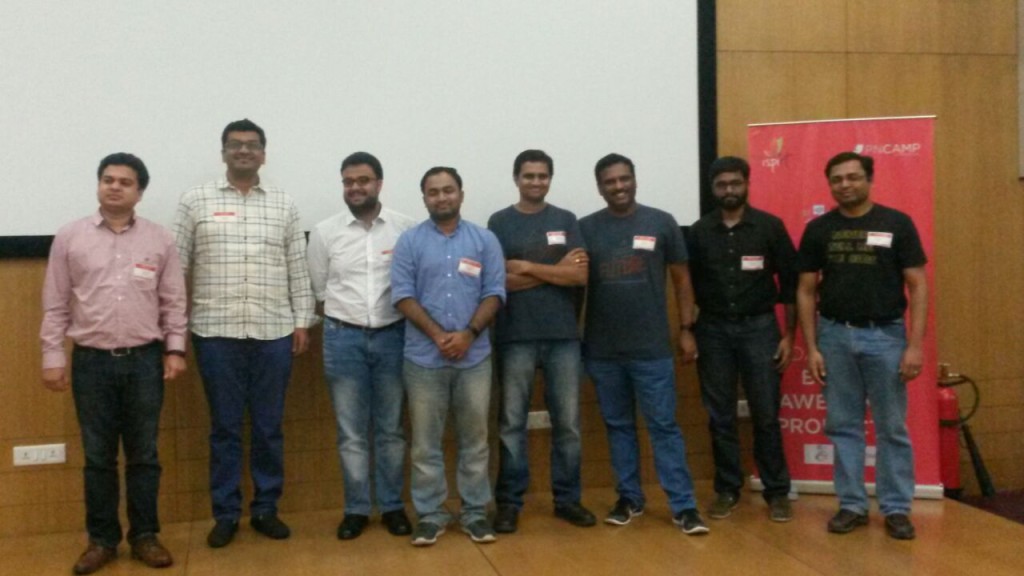 All in all, PNcamp is a MUST attend camp for any early stage product startup. It is a unique opportunity to catch the brains of experts and fellow participants through product feedbacks and interactions. What particularly stands out within the iSpirt community and in this even is the candidness of founders and their willingness to share details about their journey.
All in all, PNcamp is a MUST attend camp for any early stage product startup. It is a unique opportunity to catch the brains of experts and fellow participants through product feedbacks and interactions. What particularly stands out within the iSpirt community and in this even is the candidness of founders and their willingness to share details about their journey.


 So India won against Pakistan in the world cup match….again. I’m sure none of you would have missed it for the world. As you watched every ball with your heart in the mouth, you would have noticed some players performed while others faltered. But in the midst of it, one man stood tall. Virat Kohli, once again proved that he can perform in the toughest of conditions against the best of teams. So what makes Virat Kohli click where other great batsmen stumble ?
So India won against Pakistan in the world cup match….again. I’m sure none of you would have missed it for the world. As you watched every ball with your heart in the mouth, you would have noticed some players performed while others faltered. But in the midst of it, one man stood tall. Virat Kohli, once again proved that he can perform in the toughest of conditions against the best of teams. So what makes Virat Kohli click where other great batsmen stumble ?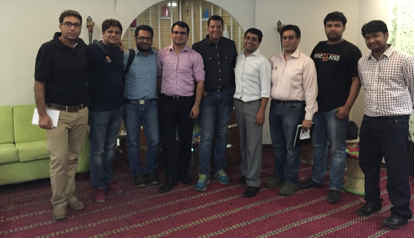
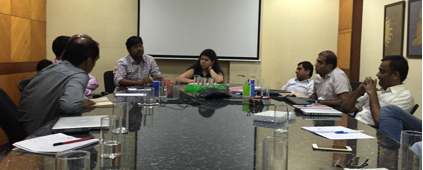 Channel Management was the another crucial aspect discussed. Dinesh Gupta of Busy software(www.busy.in) led the discussion. Busy competes with Tally as a market leader. They built and scaled a product in a market where tally is a houseold name amongst Chartered accountants their key evangelists. Couple of important points amonst many pointed by Dinesh are here. Firstly, Identify partners for whom your product and revenue are substantial part of their business. In other workds they need to have their skin in the game. Otherwise you’ll end up having a lot of channel partners but no sales. The other important aspect of channel sales is to educate the partners. Education helps twofold. It creates a buy-in amonst the partners who can then sell better. Plus it helps them put the value proposition better in front of their customers. The group also discussed channel margins and how much to pay. While it was a long discussion, the crux of it was that you should pay partners well , may be more in initial days to get a foothold in new markets. It has to be enough of a motivation for them to sell. Subrat Krar from Vidooly also shared his experience on how they are leveraging marketing agencies as channel partners to expand their video analytics software.
Channel Management was the another crucial aspect discussed. Dinesh Gupta of Busy software(www.busy.in) led the discussion. Busy competes with Tally as a market leader. They built and scaled a product in a market where tally is a houseold name amongst Chartered accountants their key evangelists. Couple of important points amonst many pointed by Dinesh are here. Firstly, Identify partners for whom your product and revenue are substantial part of their business. In other workds they need to have their skin in the game. Otherwise you’ll end up having a lot of channel partners but no sales. The other important aspect of channel sales is to educate the partners. Education helps twofold. It creates a buy-in amonst the partners who can then sell better. Plus it helps them put the value proposition better in front of their customers. The group also discussed channel margins and how much to pay. While it was a long discussion, the crux of it was that you should pay partners well , may be more in initial days to get a foothold in new markets. It has to be enough of a motivation for them to sell. Subrat Krar from Vidooly also shared his experience on how they are leveraging marketing agencies as channel partners to expand their video analytics software.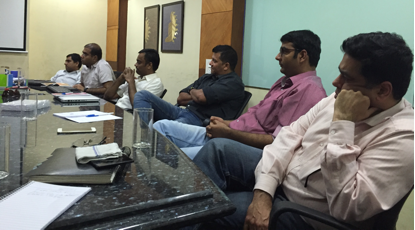 Premium/Free Trial vs no pricing mentioned on website was another aspect discussed. Different people have different models but largely the group agreed that most are moving away from freemium and those targeting enterprise do not prefer to display the price on the site at all as it varies by scale and need of clients.
Premium/Free Trial vs no pricing mentioned on website was another aspect discussed. Different people have different models but largely the group agreed that most are moving away from freemium and those targeting enterprise do not prefer to display the price on the site at all as it varies by scale and need of clients.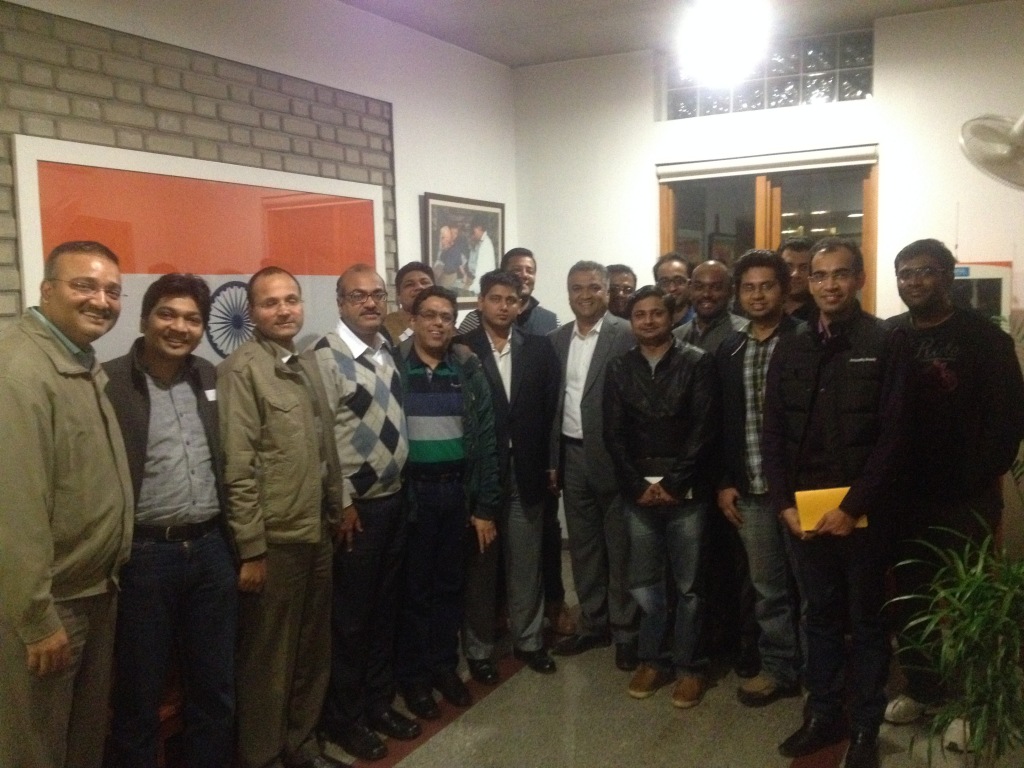 Overview
Overview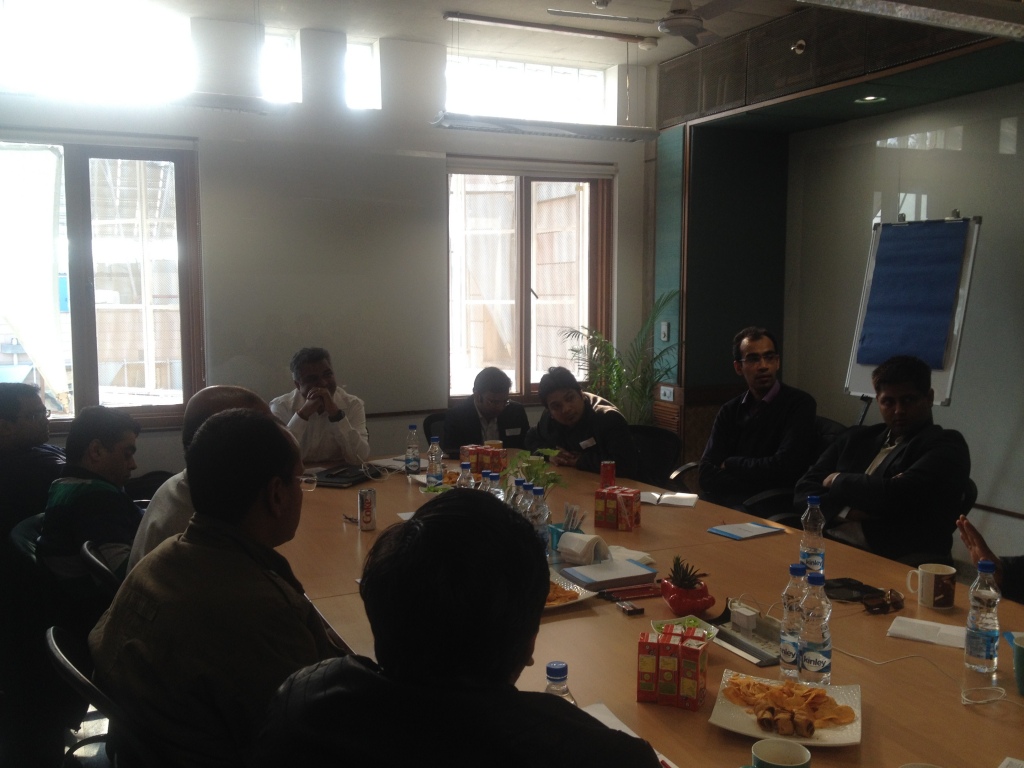 Digital vs. Feet on Street
Digital vs. Feet on Street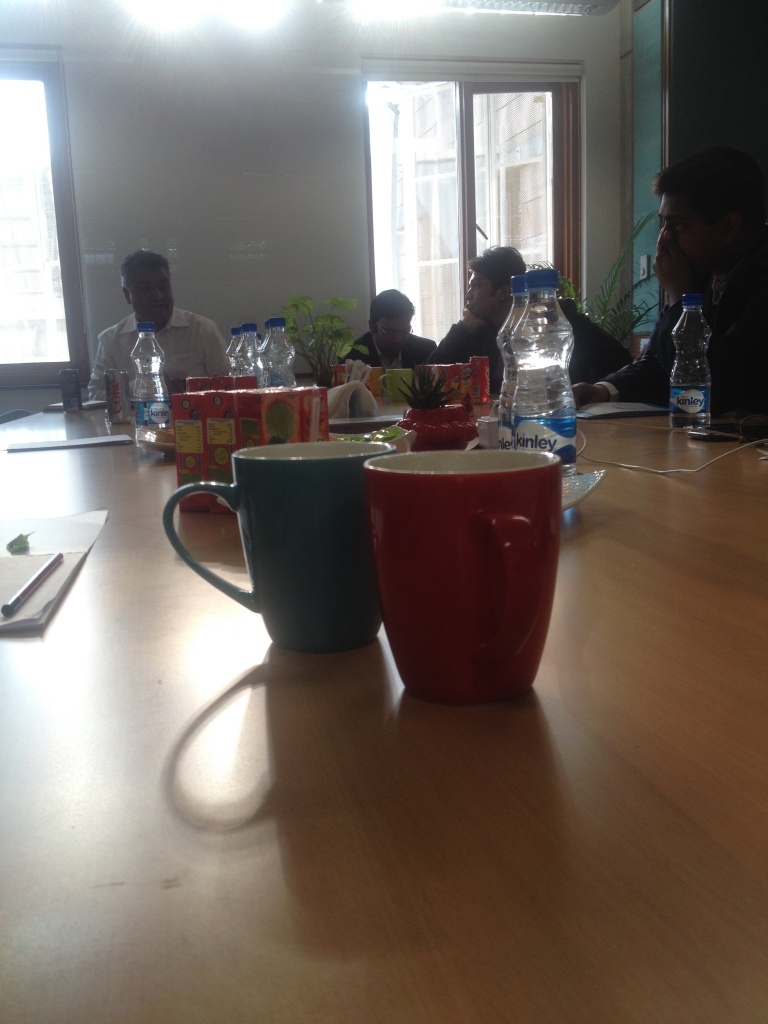 Monopolistic Market
Monopolistic Market The high level of interest and engagement from all participants was evident as the session that planned for 3-4 hours got extended to beyond 7 hours. We finally concluded our first Roundtable for 2015 with a promise from Deepak that he will back with us in a couple of months.
The high level of interest and engagement from all participants was evident as the session that planned for 3-4 hours got extended to beyond 7 hours. We finally concluded our first Roundtable for 2015 with a promise from Deepak that he will back with us in a couple of months.
